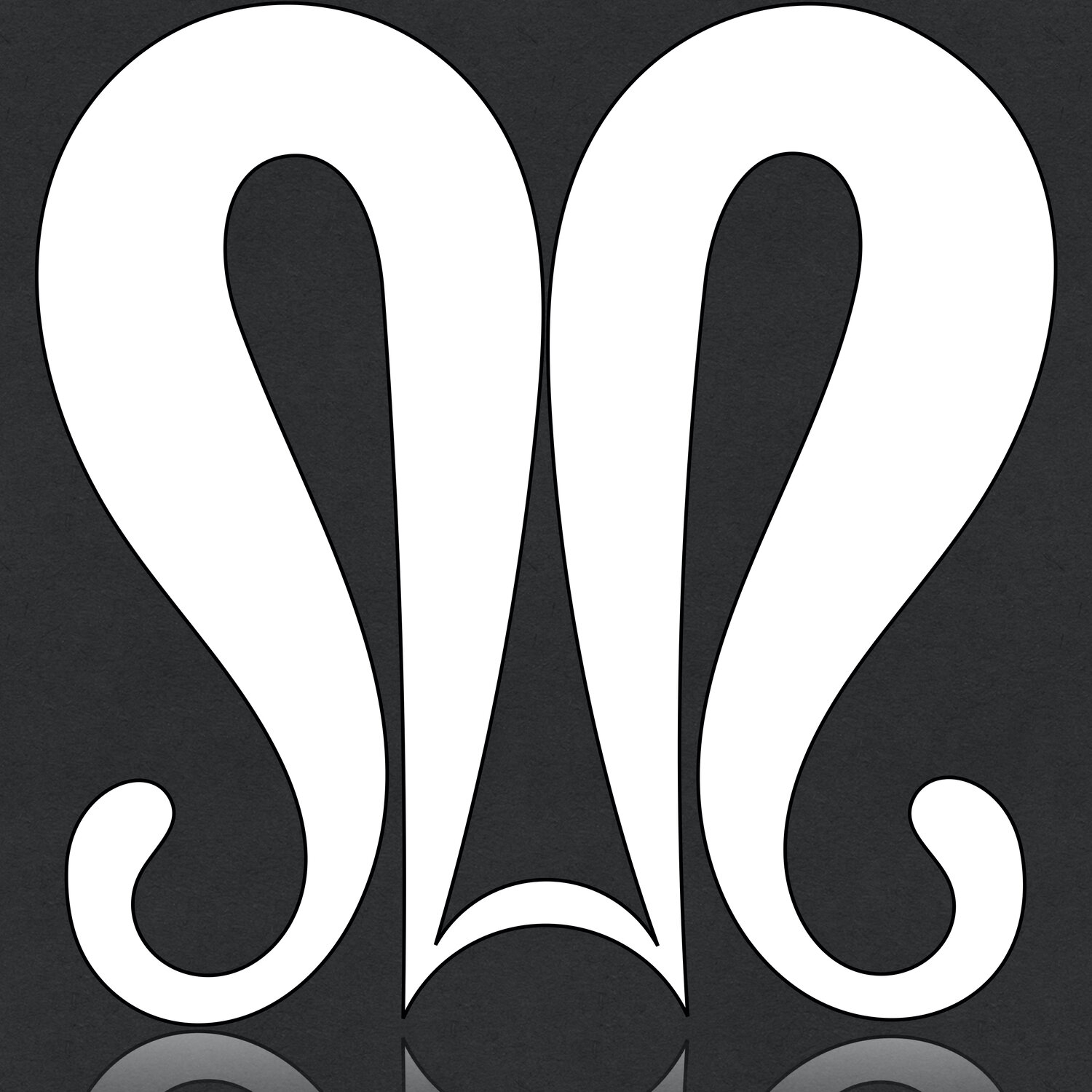Ca. 1900: Shirt from Tailor’s Manual
Pattern Analysis from 1900
Here is something a little different. We've just gotten done with the holidays (almost...still have to ring in the new year!). I've just finished teaching a six-week course on pattern making, much of it surrounding the early to mid 17th century. I needed a little break from all the shapes I've been working with and I thought it might be nice to step into the first decade of the 20th century with this shirt pattern from D.W. Vincent's pattern cutting series. His proportions are very sound.
In fact, in his manual, Vincent gives the proportions quite clearly though they were drawn with a normal 36" tape measure.
In order to scale this into unique sizes, I've re-drawn the pattern and put the measures in
Bara System proportions so that it may be easily scaled to whatever size is needed.
Please note that these proportions are given for a male body. If you have a female body and want to create this piece, I would reduce the shoulder measure by at least a full dedo, possible two. If you don't, you may end up with an overly-long shoulder.
IMPORTANT NOTE: There are no seam allowances in this diagram. They need to be added when you're done drafting the shapes. This is different from other
Bara System drafts I have put out which usually have a 1/2-dedo seam allowance around all edges.
In the coming weeks I will be shooting a couple of videos that demonstrate how to make my modern, 21st century interpretation of a doublet for daily wear and I am planning on making one of these shirts to go beneath it. I will be making a nice, high, white collar with a very turn-of-the century feeling to it. The main body of the shirt will likely be made of a modern-ish, printed fabric, possibly linen -- we'll see what I can dig out of my shirtings bin!
I'm excited to be doing a bit of content that focuses on a history-bounding concept. It is certainly not going to become a mainstay of my content, but I really needed to re-fresh my energy after doing SO much 17th century work. As much as I love the Early Modern era, I do need to step away periodically and have other experiences to keep my passion fresh and inspired.
I hope you enjoy the exploration!

